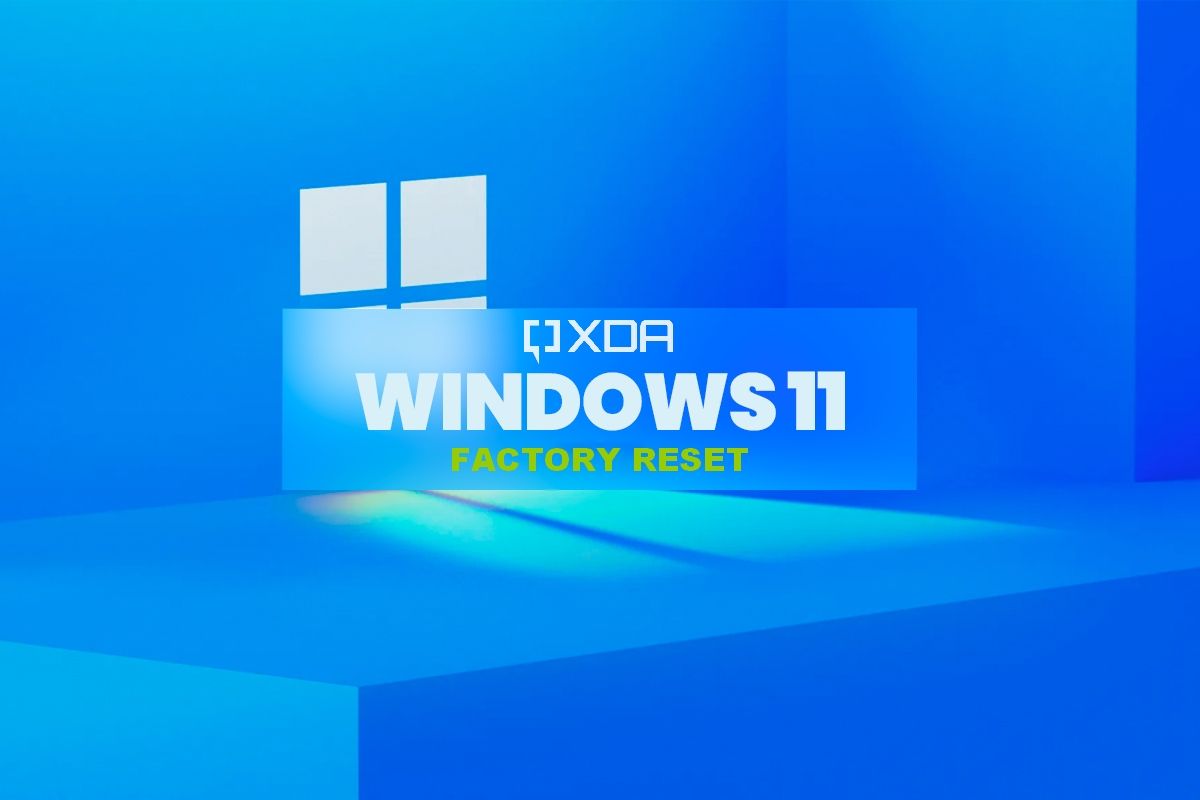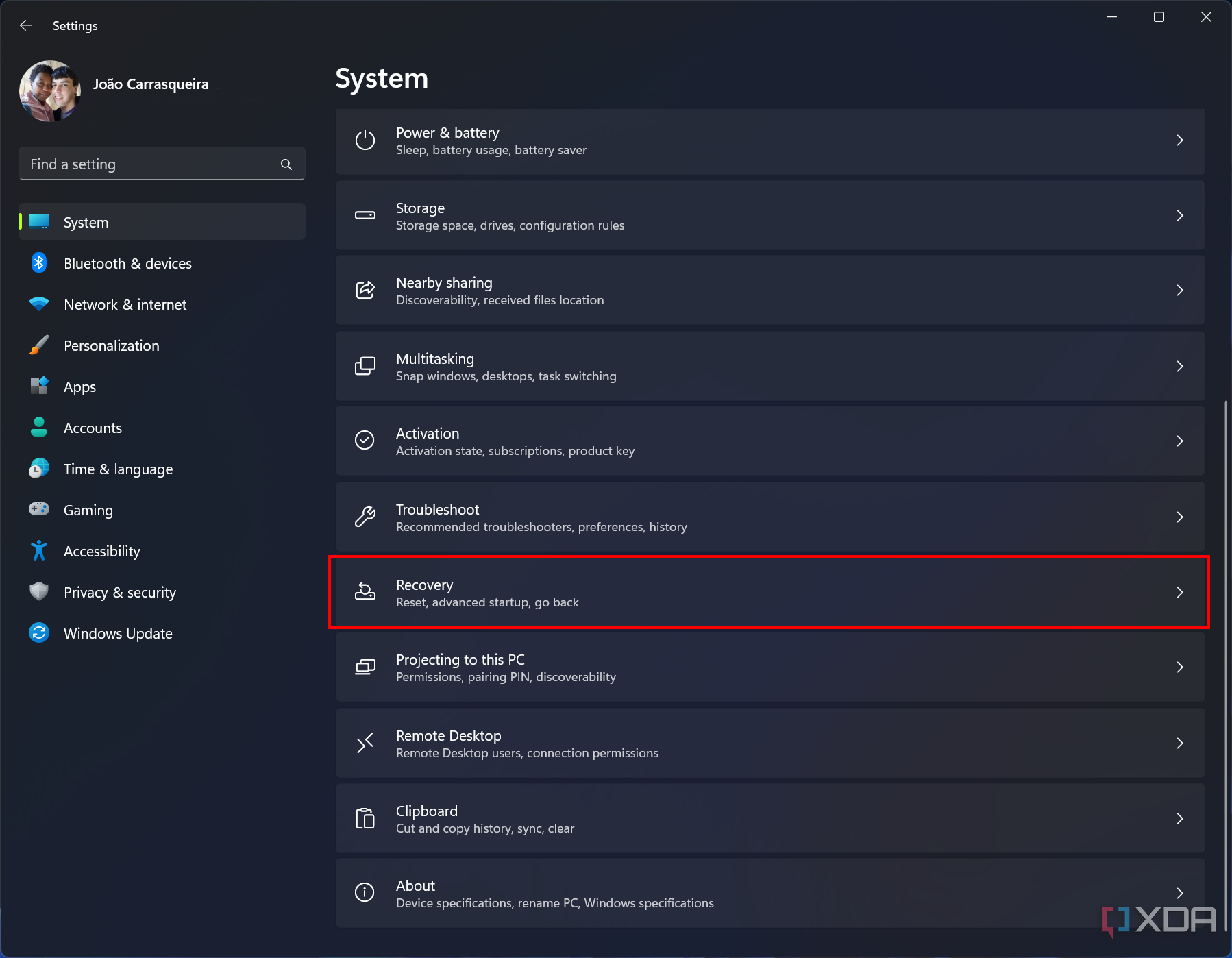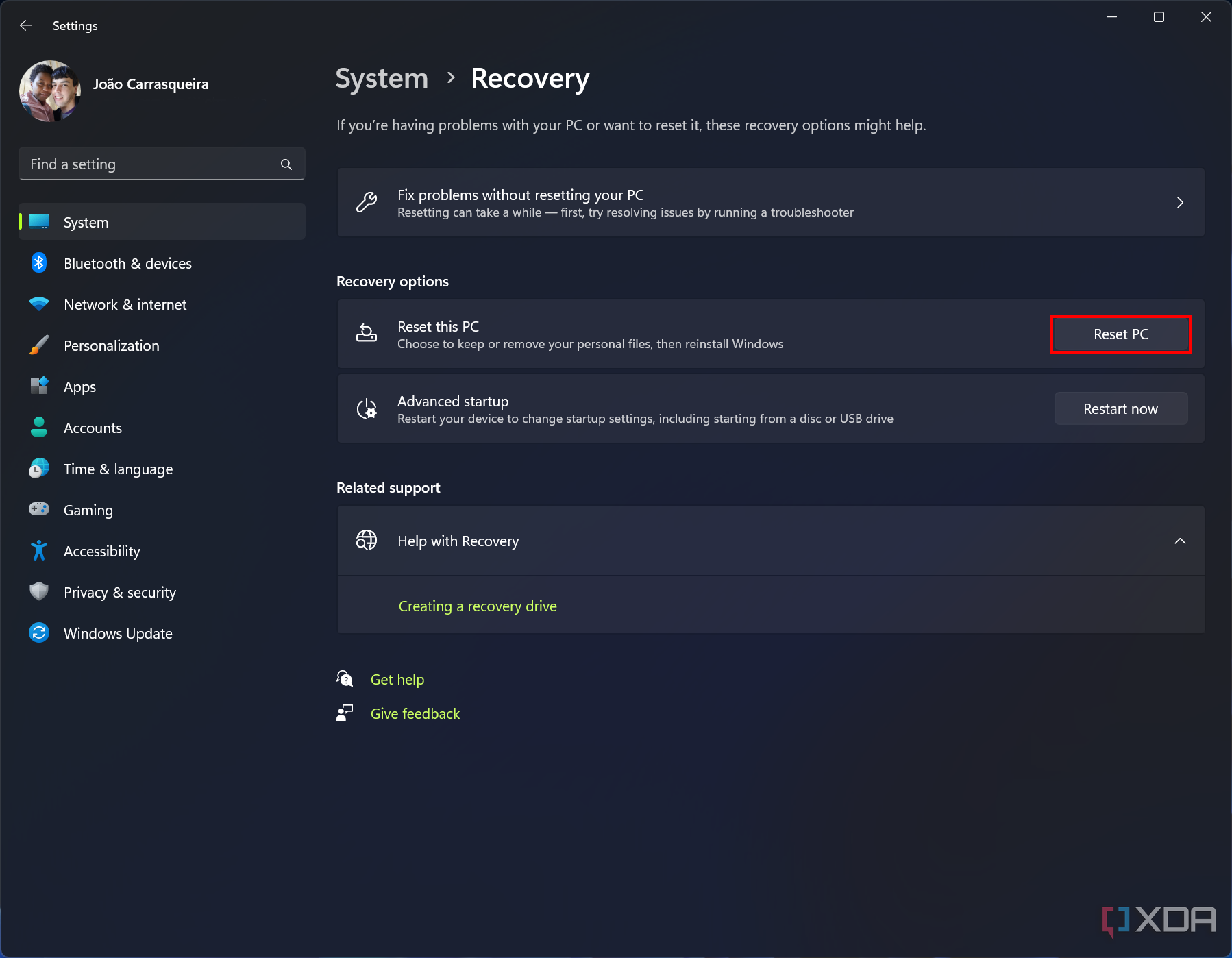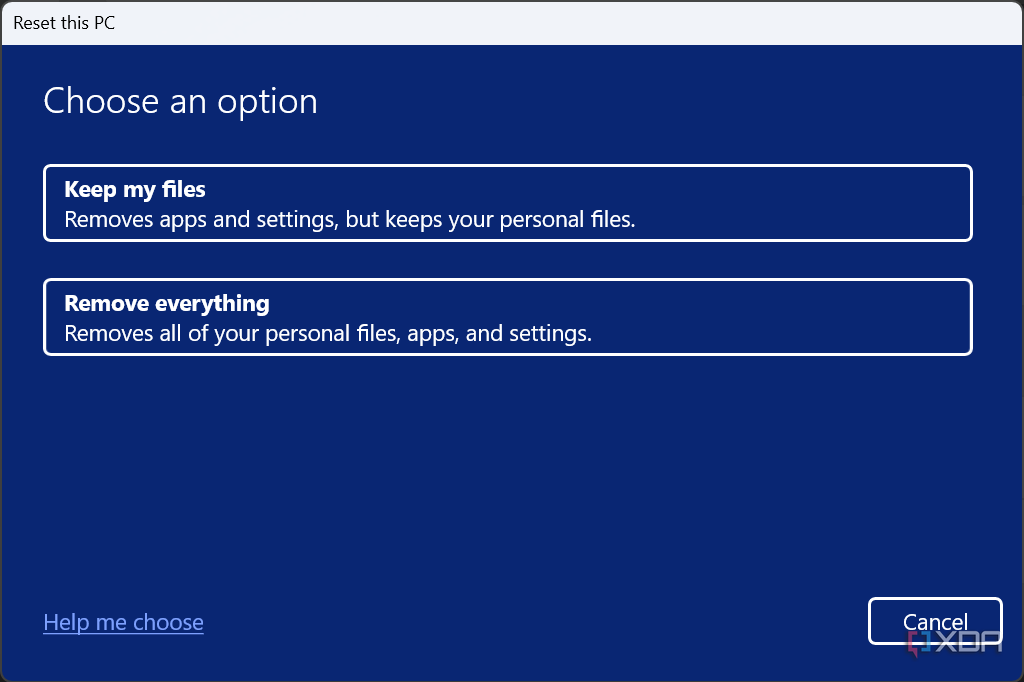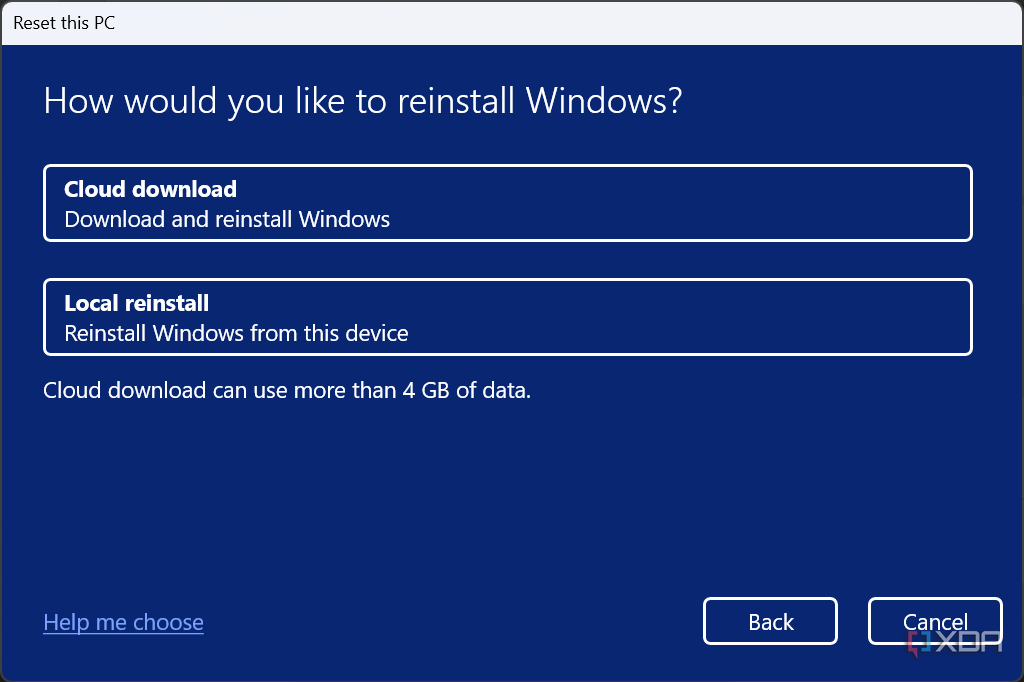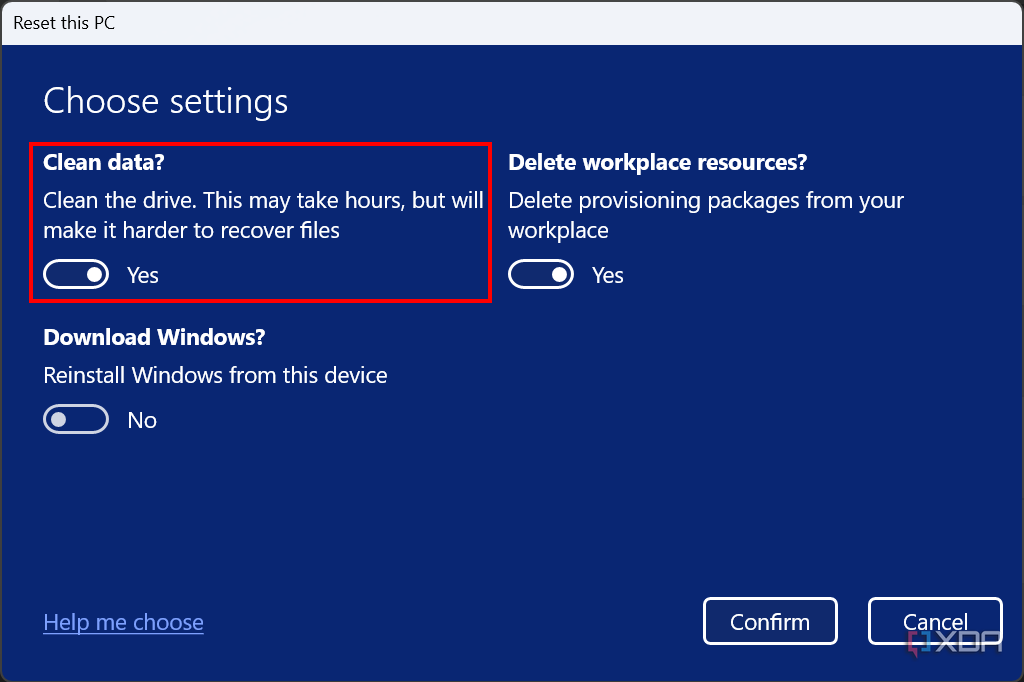Over time, even the best computers can accumulate junk files that take up valuable storage space and slow down your PC. While we recommend that you keep an eye on your files and free up space every now and then, sometimes you just need a completely clean break. Installing major updates can also sometimes cause issues, and that's why it can be a good idea to reset your Windows 11 PC entirely. We'll show you everything you need to know to get it done.
Before we get started, it's important to know that resetting your Windows 11 PC will delete all of your installed programs, and it can also delete your personal files if you want to start totally fresh. It's important to back up your files, either using a cloud storage service like OneDrive or an external USB drive.
How to factory reset your Windows 11 PC
Resetting Windows 11 to its default settings is a fairly straightforward process. Aside from backing up your data, the only other thing you need is to have your computer plugged into an outlet. Even if your battery is full, laptops won't allow you to reset if they're not plugged in since the process takes some time. With all that sorted out, you can follow these steps:
- Open the Settings app.
-
In the System section (it opens by default), scroll down and click Recovery.
-
Now, click Reset PC to get started.
-
Windows will ask if you want to keep your personal files or delete everything. The Keep my files option will allow you to keep personal files, such as those in the Downloads and Pictures folders. Delete everything will remove all the data on your PC.
-
Next, choose whether you want to reinstall using a local recovery image or a cloud download. The Cloud download option means you'll download your current version of Windows 11 again to install it. This might help if you think your installation files might be corrupted. Otherwise, you can use the Local reinstall option, which should be much faster.
- Next, you'll see a summary screen of your choices. If you choose to delete all your files, you may want to clean the drive, too. To do this, click Change settings.
-
You'll see an option called Clean data, which is off by default. If you enable it, Windows will overwrite your data with empty space, so it's harder to recover your files, which is ideal if you plan to resell your laptop.
- Another option here is Delete workplace resources, which is enabled by default. This removes provisioning packages from managed devices in an organization.
- You'll be back on the summary screen. Click Next to confirm your choices, then click Reset to begin the process. It can take a few hours, depending on your settings and how fast your storage is.
That's all you need to do to reset Windows 11. Once the reset process completes, you'll have one of two possible outcomes. If you choose to remove everything from your computer, you'll see the first-time setup experience, meaning your computer is ready to be used by anyone else. If you choose to keep your files, you'll be taken to the sign-in screen for your account and boot into the desktop.
Keep in mind that even if you choose to perform a cloud download, this won't update your PC to the latest version. There are other recovery methods that can give you a fresh installation with a new version, such as using the Media Creation Tool. We have a guide on how to install Windows 11 if you're interested in a completely fresh install.

